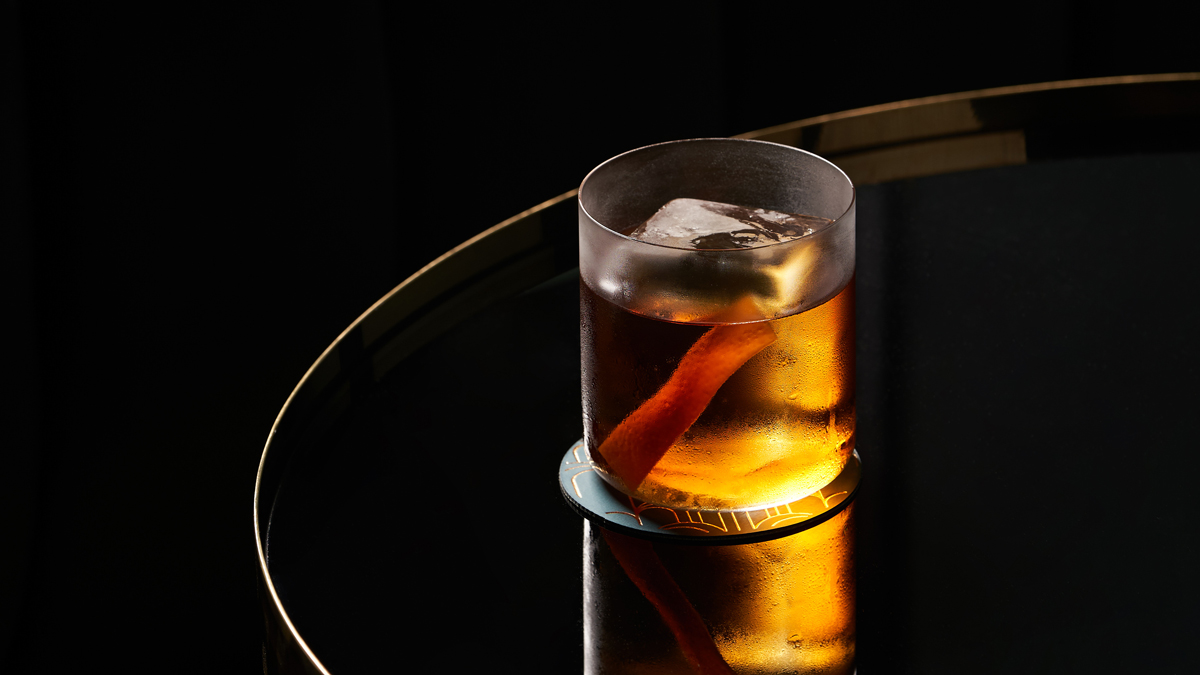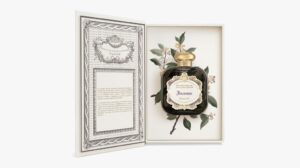The Godfather is underappreciated.
This is an amusing sentiment to even consider, given the first two Godfather movies (ignoring the existence of the third one, of which we do not speak) are among the most acutely appreciated films ever released. But today we’re talking about the Godfather , a drink that succeeded for a time in riding the coattails of the Corleone family, but ended up, if you’ll forgive the extended metaphor, less like Michael and more like Fredo.
Here’s the timeline: First, The Godfather was a book, a novel written by a New Yorker named Mario Puzo. It was published in 1969 and was a monstrous hit, spending 67 weeks on the New York Times Bestseller List and selling over 9 million copies in two years.
Three years later, in 1972, The Godfather was turned into a movie by Francis Ford Coppola, and however much of a hit Puzo’s novel was, it was dwarfed by the success of the film. The Godfather won three academy awards including Best Picture, was the highest grossing film that year by a factor of two and forever changed the American cultural understanding of organized crime. Then in 1974 there was a tremendous sequel, The Godfather Part II, widely considered to be among the very few film sequels to match or even surpass the original.
And then in 1976, a bartender named Brian F. Rea publishes a cocktail book called Brian’s Booze Guide and includes, for the first time in print, a mixture of whisky and amaretto that he calls the Godfather. It’s unclear whether Rea invented it or just swept it up in his recipe book, but what would’ve been obvious to everyone at the time was the cocktail was trying to hitch its wagon to the films. Amaretto was new, at least to us—the almond flavored liqueur from the northern Italian town of Saronno had recently become available in America through the brand DiSaronno—and presumably the drink felt like a little touch of the old country in cocktail form. It was hugely popular when it came out, a sensation, one of the drinks associated with the glitz and glamour of the Studio 54 crowd as well as being one of two amaretto cocktails that ever really took off (the other, of course, being the ).
Over the years, though, as taste tectonics shifted away from boozy whisky sippers and toward neon vodka catastrophes, the connection with the Corleone family broke. The Godfather (film) ascended to be considered among the greatest movies ever made, while the Godfather (cocktail) became so forgotten and dismissed that today, it’s a surprising piece of trivia to most people that it was ever associated with the films at all. It is, as mentioned, more like Fredo—looked down on, pitied even, sweet and simple, a regrettable artifact of the past. Most modern recipe books omit it entirely, as if to include something so dated and silly is to render you unserious by association.
This, obviously, is nonsense, and one of the reasons it can be so fun to dust this drink off and serve it to unsuspecting guests. Taken as it sometimes was at the time (equal parts scotch and amaretto) it certainly is terrible, but, like its cousin the , take a bit of care in its conception and execution—and add some desperately needed bitters—and it’s essentially just an , one in which the neutral sugar has been replaced with the deep nutty sweetness of amaretto. The liqueur gives it a round, supple quality, the kind of drink that’s appreciably different from a classic Old Fashioned but that scratches a similar itch, and that is, or should be, never too sweet.
Is the Godfather among the greatest cocktails ever made? It is not. But it’s a perfectly worthy and wonderful drink to enjoy when you feel like a scotch (or , see below) with a kiss of springtime sweetness. Put another way—it may not be The Godfather or Godfather Part II, but it’s not Godfather Part III, either.
Godfather
- 2.25 oz. (unpeated)
- 0.5 oz. Amaretto
- 2 dashes Angostura Bitters
Add ingredients to a mixing glass with ice or to a rocks glass over a large piece of ice. Stir briefly to chill, then (if in a mixing glass) strain over a large piece of ice in a rocks glass. Garnish with an orange peel, its oils expressed over the top.
NOTES ON INGREDIENTS

Photo: Courtesy of Macallan
Ratios: As with all Old Fashioned variations, you want just enough sweetness to file the sharp edges off the spirit, but not so much that it’s palpably sweet. This is a slightly moving target because of the variable ABV of the spirit—a 40 percent whisky will need less sweetness than a 45 or 50 percent whisky—so the above ratio is a guideline based on a 40 or 43 percent scotch. If you use a spirit that’s 45+ percent alcohol, I might start at 2oz whisky and add more if you deem it necessary.
Bitters: As mentioned, desperately necessary. Bitters not only add depth with a touch of bitterness but also some much welcome spice, and complete the drink. A Godfather without bitters (which is to say, one according to the original recipe) really is sweet and simple and pretty mediocre, but a couple dashes of Angostura fix this beautifully.
Whisky: The original calls for scotch whisky, and nearly every recipe you can find will echo this. As for styles—while I love the smoky, peaty scotches on their own, I didn’t think peat did any favors to the Godfather, and even a scotch with as soft a peat as, say, Johnnie Walker Black, I thought stuck out and was actually a bit unpleasant. Far better are the mild, honeyed blends or single malts of the Highland or Speyside, and if you feel like a splurge, the ample sherry influence in a Macallan 12 or Glenfarclas 12 was absolutely lovely, the rich roundness of the whisky embracing the rich roundness of the amaretto. Also good are scotch’s cousins, Irish and Japanese whisky. Really anything but smoke. Stay away from smoke.
It should be noted that nearly all the recipes will call for scotch, because the recipe from the Bartender’s Choice App, as compiled by the excellent bartenders at NYC’s Attaboy, uses bourbon. This is arguably a better choice—scotch and amaretto are colleagues, but bourbon and amaretto are friends—but is it a Godfather? Not really. It’s just worth noting that it’s delicious.
Amaretto: My two favorite brands are Lazzaroni and the Luxardo Amaretto. Personally I haven’t worked with DiSaronno in over a decade—not because I’m against it, per se, but just because you really only ever need one brand of amaretto, and I’d chosen the other two in blind tastings back in the early 2010s. Which I write all out to say: DiSaronno is the most readily available, so if that’s what you have, use it, but I do remember preferring the depth and flavor of either of the other two.
Authors
-

Jason O’Bryan
Jason O’Bryan has set up a professional life at the intersection of writing and cocktails. He’s been managing cocktail bars for the last twelve years, first in Boston and now in San Diego, where he’s…
Credit: robbreport.com











